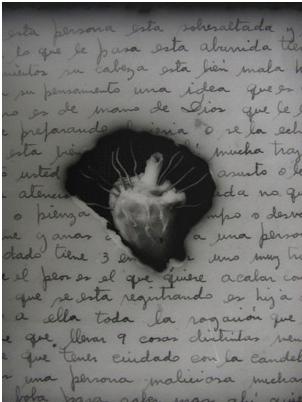Digging Alone
dal 17/3/2003 al 15/5/2003
Segnalato da
17/3/2003
Digging Alone
MedAid (The U.S.-Latin American Medical Aid Foundation), Austin
Some photographers started to depart from the photojournalist tradition and created works that were accepted as an art form by the avant-garde circles in visual arts. Photography was being incorporated into multimedia and installations and it included subjects not treated earlier, such as racial differences, marginality and sexuality.

Five Cuban Photographers
Soon after 1959, photography in Cuba was in harmony with the social and political projects of the revolution.
During the 60s, the subject became epic. It represented leaders and struggles that guaranteed the survival of the revolution. In the 70s the subjects came to be the everyday anonymous heroes of the revolution.
Then in the early 80s, there began tension between artists and cultural institutions. At the same time, visual artists started using photography and their approach injected new ideas into the medium and relaxed its boundaries. Cuban art started being relevant in political terms. Photography was no longer subordinate to the state ideology and it also offered a critical vision of society.
Some photographers started to depart from the photojournalist tradition and created works that were accepted as an art form by the avant-garde circles in visual arts. Photography was being incorporated into multimedia and installations and it included subjects not treated earlier, such as racial differences, marginality and sexuality.
The work of Juan Carlos Alom, Kattia GarcÃa, Marta MarÃa Pérez, René Peña, and Manuel Piña is based in this formidable impulse, keeps its commitment with the artistic truth, and is independent from external impositions. It shares the social concern and social statement but from a more skeptical, less hopeful perspective. Now the collective point of view doesn't seem to be as important as the individual testimony.
Eduardo Muñoz Ordoqui
MedAid (The U.S.-Latin American Medical Aid Foundation)
605 Harthan St., Apt. A - TX 78703, Austin
tel (888) 669-1400



